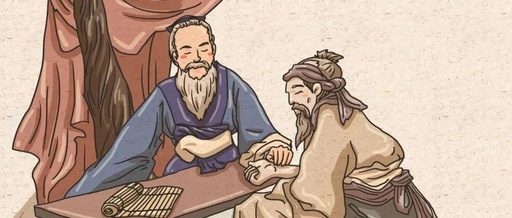 Editor’s Note
Editor’s Note
Today is National Hypertension Day. When discussing hypertension, those familiar with pulse diagnosis will immediately think of the “string pulse” (xian mai). However, aside from the string pulse, there is another classic pulse pattern associated with hypertension, known as the “long pulse” (chang mai). How can we identify the long pulse? What internal changes can it reflect? Today, we will clarify these points.
(1) Overview
The long pulse specifically refers to a single factor of a long pulse body or long pulse force, commonly seen as an extension of the cun (寸) and chi (尺) pulses.
(2) Long Pulse Pattern Diagram
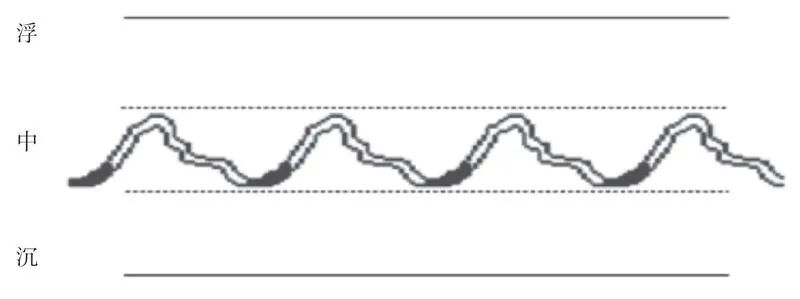
(3) Characteristics of the Long Pulse
Nature of the Long Pulse: Specifically refers to the length of the pulse path or pulse force, a single factor of the extension of the cun and chi pulses.
Perception of the Long Pulse: Extension of the cun or chi pulse.
Accompanying Pulses of the Long Pulse: The long pulse is centrally located. Therefore, the long pulse can accompany many pulse patterns or form composite pulses, such as the “firm pulse” (lao mai), “full pulse” (shi mai), and “hidden pulse” (fu mai). The long pulse can even appear simultaneously with the short pulse (duan mai) on the left and right cun positions of the same patient. However, the long pulse should not accompany the short pulse or arterial pulses. The main accompanying pulses of the long pulse include: floating long pulse (fu chang mai), sinking long pulse (chen chang mai), long surging pulse (chang hong mai), long string pulse (chang xian mai), long tight pulse (chang jin mai), long slow pulse (chang huan mai), long rapid pulse (chang shuo mai), long slippery pulse (chang hua mai), long rough pulse (chang se mai), long moist pulse (chang ru mai), and long edge pulse (chang bian mai).
(4) Research on the Long Pulse
Clinically, we have observed long pulses: the cun pulse extending to the fish border (yu ji), and the chi pulse extending to the elbow bend. Of course, these are just examples and do not have statistical significance. A long pulse is not defined solely by its extreme length; as long as there is excess in the area of the three fingers, it is considered a long pulse. The long pulse is most commonly seen in the chi position, followed by the cun position, while the guan (关) pulse does not exhibit length.
At the same time, the strength and length of the pulse force have a direct stimulating effect on the pulse path. Whenever the length and strength of the pulse force change, the pulse pattern of the body also changes accordingly. A long and strong pulse force results in a long pulse path and strong pulse tension. Clinically, a long and strong cun pulse is often seen in positive cardiovascular and cerebrovascular conditions, while a short and weak cun pulse indicates weakened and insufficient cardiovascular function. Similarly, a strong and long chi pulse in a physiological state indicates strong limbs, good intestinal and reproductive function, and abundant energy. In pathological conditions, it is often associated with diseases of the intestines, limbs, urinary, and reproductive systems.

(5) Modern Physiological and Pathological Basis of the Long Pulse
In physiological conditions:
(1) A tall body has a relatively long pulse body, while a short body has a relatively short pulse body.
(2) A strong physique has a relatively strong pulse force, while a weak physique has a relatively weak pulse force.
(3) The clinical significance of a long pulse with special anatomical meaning is minimal.
(4) In cases of emaciation, the pulse path is prominent and long. The so-called long pulse associated with yin deficiency, bone steaming, and fire of the heart is often seen in emaciated individuals.
In pathological conditions, a long pulse path is commonly seen in hypertension, cerebrovascular and cardiovascular diseases, hypermetabolic diseases, infectious diseases, mental illnesses, or compressive lesions of the lower limb nerves.
(6) TCM Understanding of the Long Pulse Mechanism
Excessive yang heat internally, obstructive pathogenic factors, and unweakened righteous qi lead to a strong and full pulse, hence the long pulse.
(7) Modern Clinical Significance of the Long Pulse in the Cun and Chi Positions
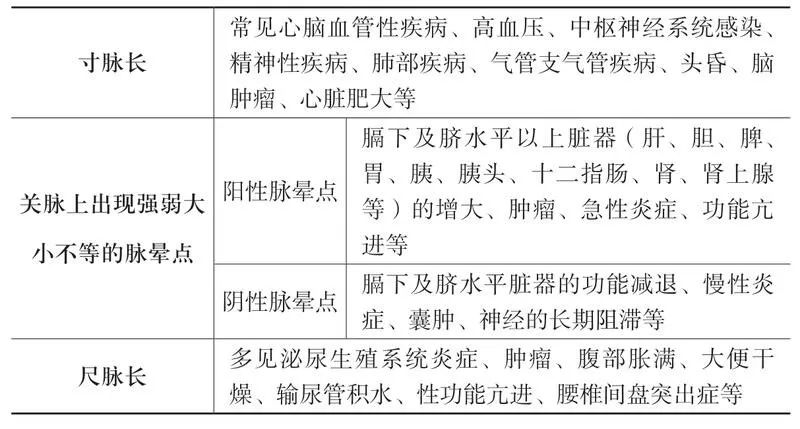
In summary, a long pulse should be soft, vibrant, and devoid of pulse knots. If accompanying pulses and pulse knots or a tight, rope-like pulse sensation appear, there is likely a disease.

(8) Modern Clinical Significance of Accompanying Pulses of the Long Pulse
Floating Long Pulse: Commonly seen in the mid to late stages of infectious diseases, as well as in hypertension, hepatitis, biliary diseases, and infectious mental illnesses.
Sinking Long Pulse: Commonly seen in chronic hepatitis, chronic cholecystitis, chronic gastrointestinal diseases, etc.
Long Surging Pulse: Often seen in infectious mental illnesses, infectious diseases, or senile hypertension, and ventricular hypertrophy.
Long String Pulse: Associated with hypertension, vascular sclerosis, acute leukemia, peripheral neuritis, cerebrovascular diseases, and schizophrenia.
Long Tight Pulse: Associated with acute abdominal conditions, abdominal pain, hernia pain, liver diseases, etc.
Long Slow Pulse: Commonly seen in chronic gastrointestinal diseases and lower limb joint diseases.
Long Rapid Pulse: Often seen in the internal heat symptoms of infectious diseases.
Long Slippery Pulse: Associated with long-term alcohol consumption or chronic wasting diseases.
Long Rough Pulse: Commonly seen in the mid to late stages of infectious diseases, as well as in hypertension, hepatitis, biliary diseases, and infectious mental illnesses.
Long Moist Pulse: Seen in intestinal diseases.
Long Edge Pulse: Commonly seen in aseptic inflammation of the spinal cord and back.
In summary, the long pulse accompanied by floating, surging, rapid, string, and tight pulses is often seen in infectious diseases, while accompanying slippery, moist, rough, slow, and tight pulses is often seen in intestinal and lower limb diseases.
Essential Reading on Pulse Diagnosis
The author of this article, Professor Xu Yueyuan, is a renowned clinical expert who integrates Chinese and Western medicine. He has a background in Western medicine and comes from a family of traditional Chinese medicine practitioners. With 40 years of experience, he has focused on the study of meridians and proposed the concept of “pulse diagnosis of the person”. He believes that “pulse qi” reflects the constitution of the body, while “pulse shape” conveys the essence of diseases.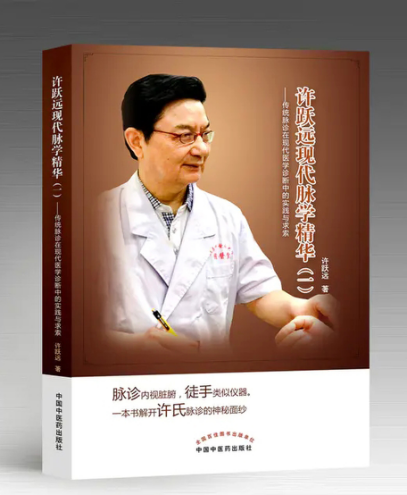
 “Essence of Modern Pulse Diagnosis (Volume 1) – The Practice and Exploration of Traditional Pulse Diagnosis in Modern Medical Diagnosis” Click the cover to purchase this book from the Yueyi Family TCM Academy Scan the code for a free trial readThis book explores the concepts of “pulse shape” and “pulse qi”, revealing the secrets of pulse diagnosis in understanding diseases; it identifies pulse patterns such as edge pulse, wind pulse, turbid pulse, and tide pulse, standardizing the naming of accompanying pulses and creating precise pulse pattern diagrams. By studying this book, readers can grasp the author’s pulse diagnosis thinking and clinical practical techniques, achieving a comprehensive understanding of diseases and symptoms.
“Essence of Modern Pulse Diagnosis (Volume 1) – The Practice and Exploration of Traditional Pulse Diagnosis in Modern Medical Diagnosis” Click the cover to purchase this book from the Yueyi Family TCM Academy Scan the code for a free trial readThis book explores the concepts of “pulse shape” and “pulse qi”, revealing the secrets of pulse diagnosis in understanding diseases; it identifies pulse patterns such as edge pulse, wind pulse, turbid pulse, and tide pulse, standardizing the naming of accompanying pulses and creating precise pulse pattern diagrams. By studying this book, readers can grasp the author’s pulse diagnosis thinking and clinical practical techniques, achieving a comprehensive understanding of diseases and symptoms.
Previous Recommendations
RECOMMEND: Recurrent Peptic Ulcers: 4 Effective Formulas to Solve the Problem
Treating Acute Pharyngitis with 4 Effective Acupuncture Points
Three Reasons to Eat Ginger in Summer! Learn Two Methods to Improve Appetite and Reduce Colds
 Copyright Statement
Copyright Statement
Some content of this article is selected from “Essence of Modern Pulse Diagnosis (Volume 1) – The Practice and Exploration of Traditional Pulse Diagnosis in Modern Medical Diagnosis” (published by China Traditional Chinese Medicine Press, authored by Xu Yueyuan). The final interpretation rights belong to the original author. Published by Yue Reading TCM (WeChat ID: ydzhongyi), Cover and images in the article are sourced from Shetu Network, with copyright belonging to the original author. If there is any infringement, please contact for deletion. Unauthorized reproduction is prohibited!


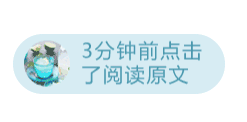 Click“Read the Original” to purchase the recommended book
Click“Read the Original” to purchase the recommended book Share
Share Collect
Collect Click
Click View
View

